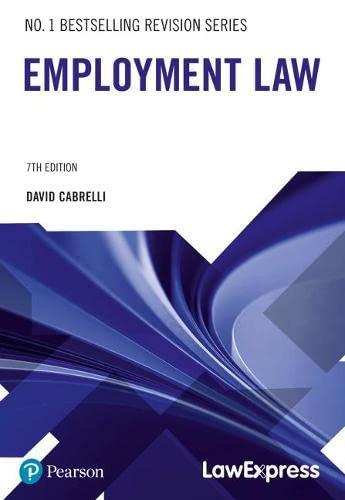Question
The ultimate aim of adducing evidence is to help the judge arrive at a rational decision based on truth. The principles of the law of
The ultimate aim of adducing evidence is to help the judge arrive at a rational decision based on truth. The principles of the law of evidence ensure that this aim is achieved. They are Best Evidence, Relevancy, Admissibility and Appreciation. The Principle of relevancy requires that a judge is only required to consider evidence which is relevant to the case. Section 5 of the Act states that, ' Subject to the provisions of the Act and any other law, no evidence shall be given in any suit or proceedings except evidence of the existence or non-existence of a fact in issue, and any other fact declared by any provision of this Act to be relevant." Therefore, the evidence to be given in a suit must be either direct evidence of the facts in issue or evidence of relevant facts, though not in issue themselves. While it may be easy to identify direct evidence, the challenge has been how to determine relevant facts are. Using statutory and case law, explain how the determination on relevancy is achieved.
Step by Step Solution
There are 3 Steps involved in it
Step: 1

Get Instant Access to Expert-Tailored Solutions
See step-by-step solutions with expert insights and AI powered tools for academic success
Step: 2

Step: 3

Ace Your Homework with AI
Get the answers you need in no time with our AI-driven, step-by-step assistance
Get Started


